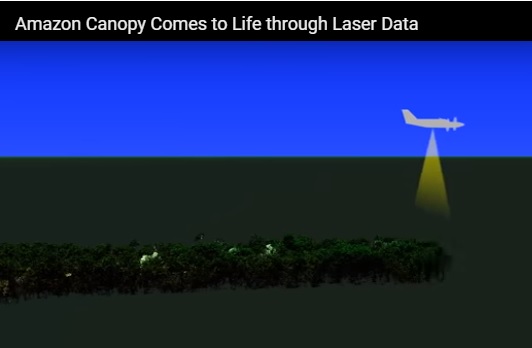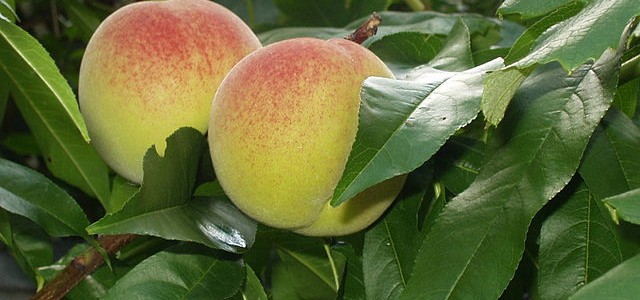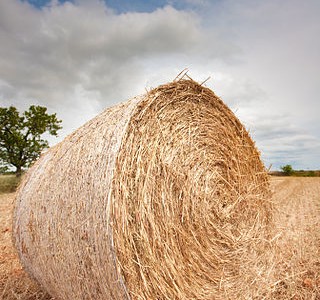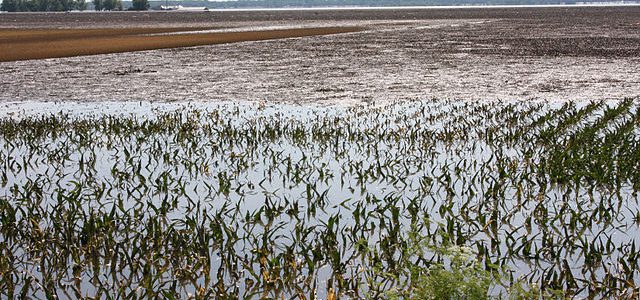Climate and Ag in the news
-

EarthSky posted an interesting article this week describing some new research using laser images of a Brazilian rainforest canopy to see how El Niño-induced drought changed the composition of the forest. There is an excellent video of the process with the article. You can see the article and video here.
-

Fruit Growers News published an article by UGA’s Clint Thompson this week about the peach crop in Georgia this year. While there have been some issues to the peaches due to a frost in March and some bacterial blight, overall the cold winter conditions provided plenty of chill hours and yields are up quite a…
-

With all the rain we have been having in the Southeast, some of the hay that is being produced has higher moisture levels than farmers would like. If moisture levels are too high, the hay is more likely to mold, reducing quality and potentially making the animals that eat it sick. You can read more…
-

Today, June 21, is the summer solstice. That means at noon today the sun is the highest in the sky it will be in the Northern Hemisphere. You can read more about it at EarthSky here. You can also read more at Time magazine here. But even though it is the day when the sun…
-

With all the wet conditions the Southeast had starting in mid-May and the warm conditions we are experiencing now, some producers are seeing problems with lack of nitrogen in corn. This article from AgWeb is aimed at farmers facing similar conditions in the Midwest Corn Belt, but provides some good advice for producers in the…
-

Almost 30 years ago, on June 23, 1988, NASA scientist James Hansen told Congress and the world that global warming wasn’t approaching — it had already arrived. The testimony of the top NASA scientist, said Rice University historian Douglas Brinkley, was “the opening salvo of the age of climate change.” Before that, most scientists knew that…
-

In one of my favorite books, “The Control of Nature” by John McPhee, a third of the book discusses the topic of mud flows in California after wildfires occur on the steep slopes there. This story by Reuters tells a similar tale about what is likely to happen in the Southwest after wildfires burn down…